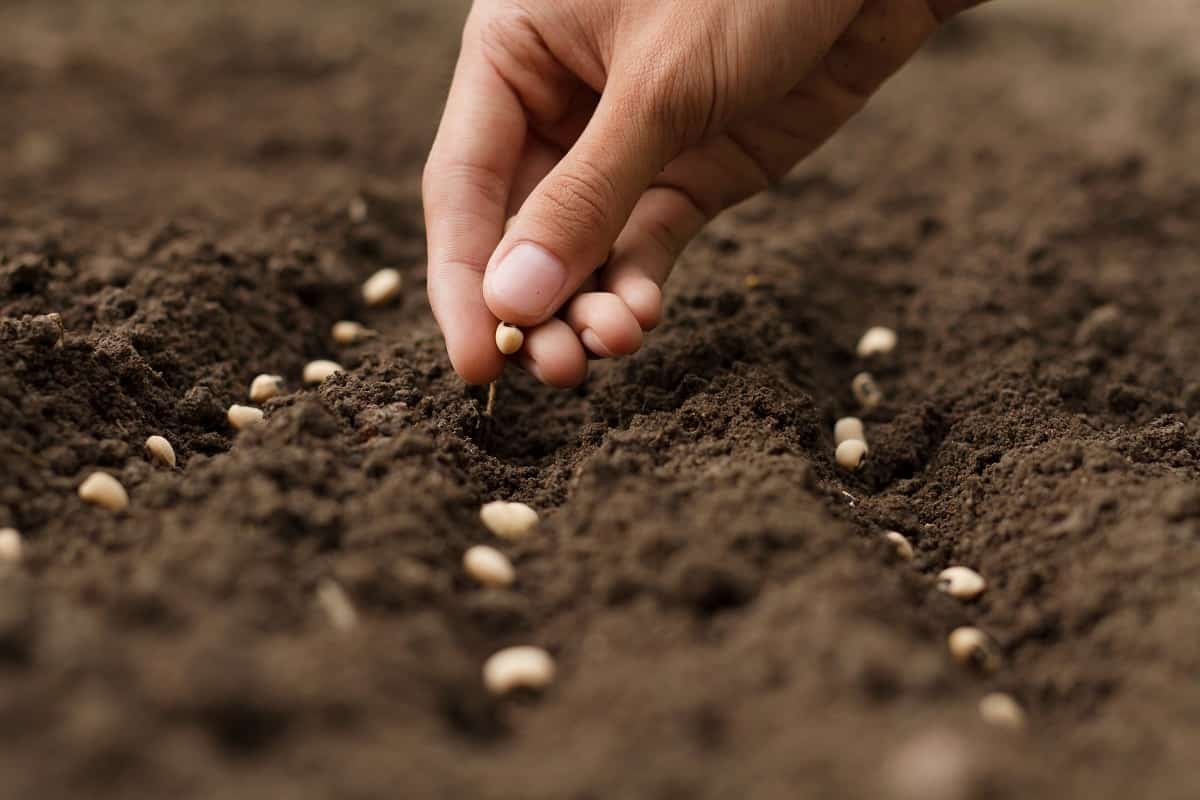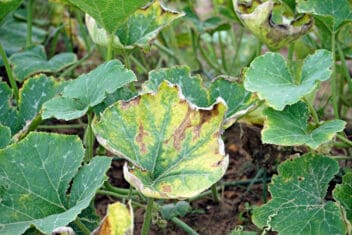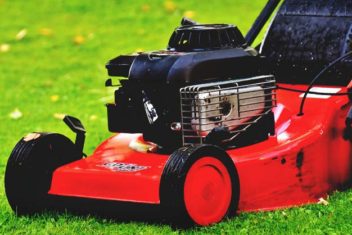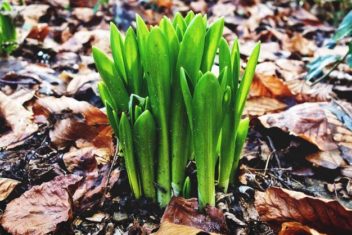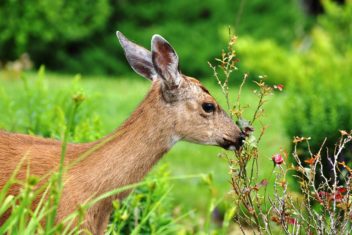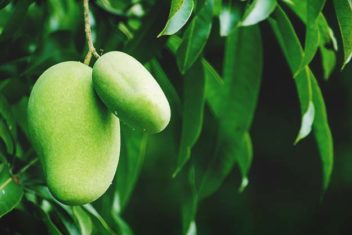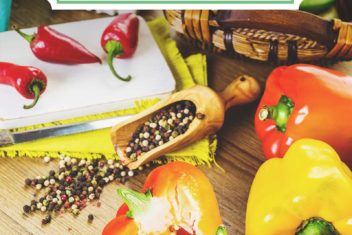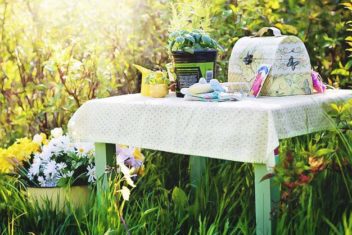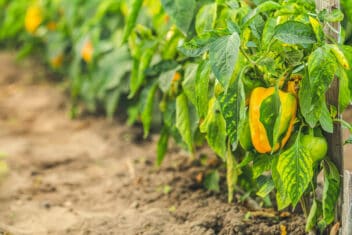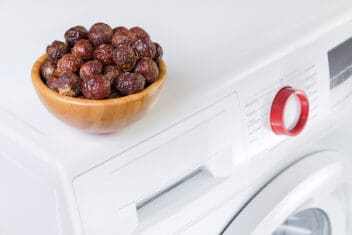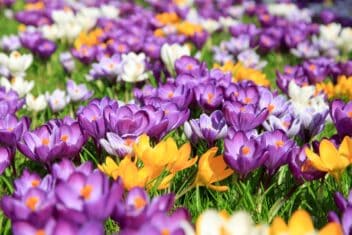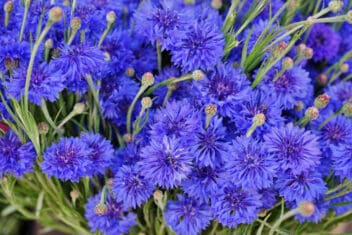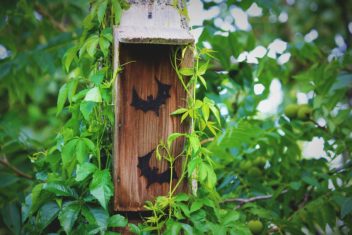It turns out there’s a lot to know about seeds. They don’t just come in all different shapes and sizes, but they also have different requirements when it comes to starting them. In short, it’s not just about soil, water, and sunshine.
The type of seeds you plant will determine when you plant and what steps you need to get them started. And while you can technically sow all seeds directly outdoors, you won’t always get results. You may need to start seeds indoors depending on the zone you live in and what you intend to grow.
With a bit of planning and forethought, you can have a very successful garden.
Know Your Zone
The first thing to know before attempting to sow any seeds is what planting zone you live in. Every country and state has planting zones. So what’s a zone?
Planting zones (or hardiness zones) are meant to define the climate of a particular geographic area. This can be affected by things such as your proximity to large bodies of water, elevation, and your location to the equator.
California has at least 5 planting zones. Don’t assume that just because you live across the state from your brother that the two of you live in the same planting zone. There are a total of 13 planting zones, and those can have slight variations within themselves.
Zones will give you an indication of your first and last frost dates which can be incredibly important the further north you live of the equator.
Planting seeds too soon before your last frost date could lead to dead seedlings in the garden. Planting too late won’t give you enough time to harvest ripe fruits and veggies.
When choosing seeds to plant, know which zones they can be grown in. Typically the seeds you find locally will be appropriate for your zone. However, if you are buying online, there are many more options. Some may not be suitable for your zone. So it is important to know if the seeds will grow where you live.
Note that your zone does not guarantee that something will or won’t grow in your growing area. Microclimates within a hardiness zone can mean that you might not be able to grow things that your neighbors can and vice versa.
Germination Requirements
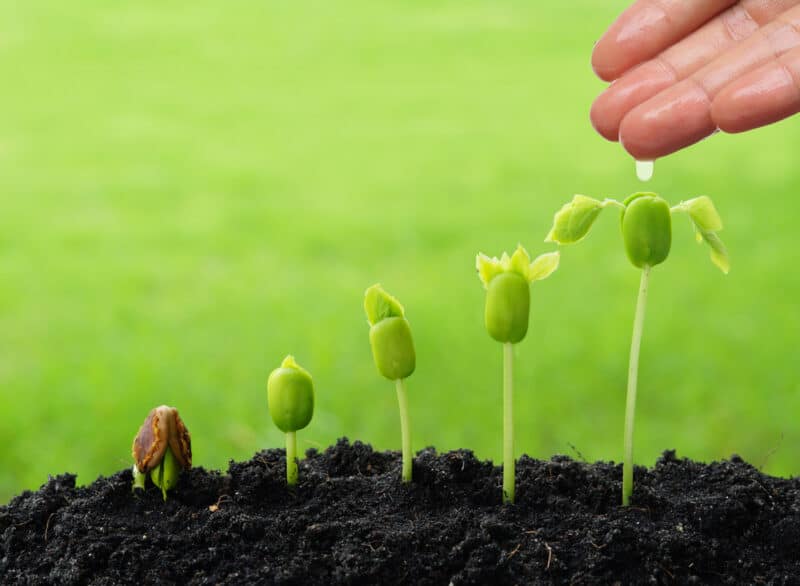
You may think that all it takes to make a seed grow is soil, water, and sunshine. However, you could very well be wrong.
Some seeds (like beans) can be incredibly easy to grow. They will germinate just by putting them somewhere warm on a wet piece of paper towel in a plastic bag. Others, like lavender, might need to be frozen in a damp environment in order to grow.
Scarification or stratification are two things your seeds may need to grow. This means that they may need to be frozen, scratched, or filed (among other things) to make them grow.
Seed shells are meant to protect the embryo inside, and they won’t sprout without the right conditions. Most vegetables don’t have special requirements, but flowers, tree seeds, and shrubs often have special starting needs.
If you can’t find the information on the seed packaging, a quick internet search will usually tell you what you need to know.
From Planting to Germination to Maturity
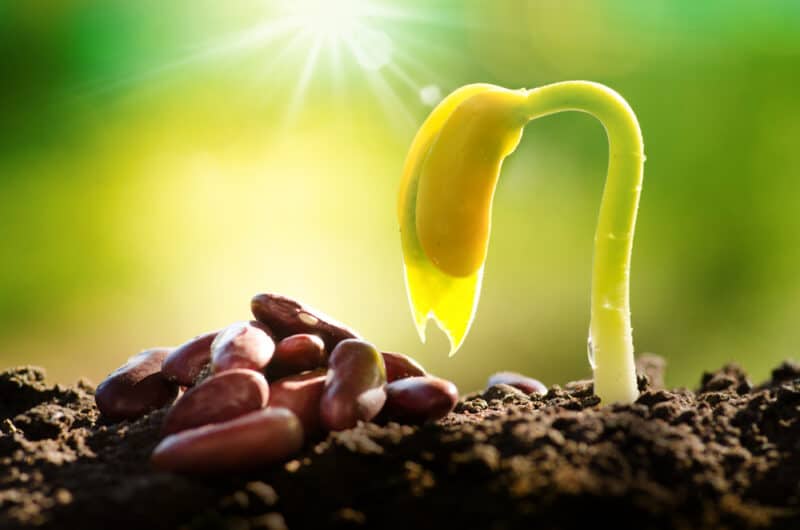
Knowing that some seeds need special care to germinate and understanding the zone you live in will help you calculate when to plant a particular type of seed.
For example, if you want to plant lavender, put your seeds on a damp paper towel in a plastic bag and freeze for 6-12 weeks. Thaw the paper towel out and sprinkle seeds on top of the soil in a pot, keep the soil damp. The seeds probably won’t germinate for three more weeks.
At that point, you still need to know when your last frost date is. Also, you’ll need to harden them off before planting outside. Conversely, if you start them too late and transfer them outside close to the first frost date, all of that work could be ruined because the plants aren’t strong enough.
Garlic gets planted in the fall and can sprout in the fall or winter, go dormant, or appear to die back, and will still be ready to harvest the following year.
Understanding why something needs to be planted at a specific time of year will help you avoid failures. Knowing how long your seeds will take to germinate will help you know if you have failures and if there will be time to replant.
Direct Sowing vs. Indoor Sowing
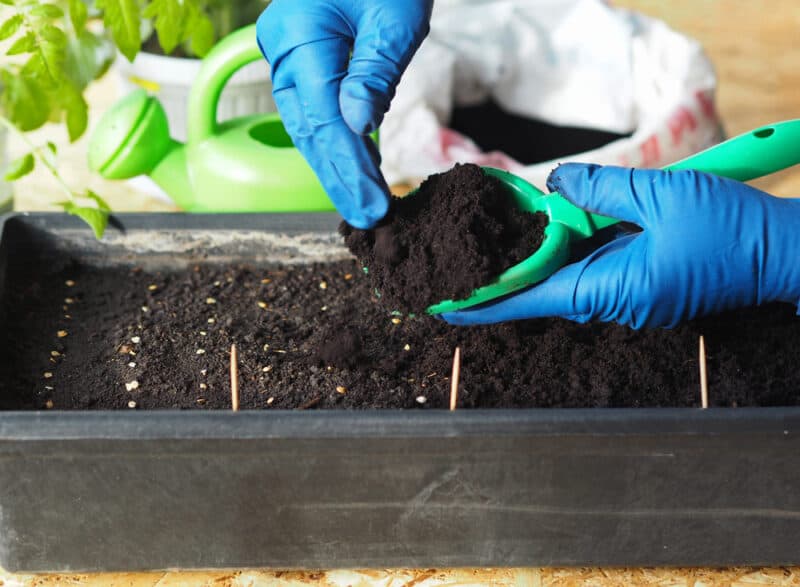
Some seeds do better sown indoors vs. sowing directly in the ground outdoors. You may also find that you have circumstances that make sowing indoors more practical for your purposes.
Living in the country, I find that sometimes birds like to eat my seeds before they get to sprout, while our chickens like to eat certain sprouts. Sometimes starting seeds indoors gives my plants a head-start, to the point that the critters won’t get to them.
1. Plants Suitable for Direct Sowing
Some plants don’t transplant well, so they should be sown directly into the ground. Below is a list of plants that don’t transplant well.
- Beets
- Carrots
- Cilantro
- Corn
- Coriander
- Dill
- Nasturtium
- Potatoes
- Spinach
Plants like beans, peas, and radishes excel with direct planting.
2. Plants Suitable for Indoor Sowing
Brassicas such as brussels sprouts and cauliflower do well when transplanted and also require a bit more time to grow. So depending on your zone, you may need to start seeds indoors.
Tomatoes and peppers do well when started indoors. They take a much longer time to develop. If you want a good harvest before the first frost of the fall settles in, starting your plants indoors during the late winter/early spring months will give you a good head-start.
3. In-Between
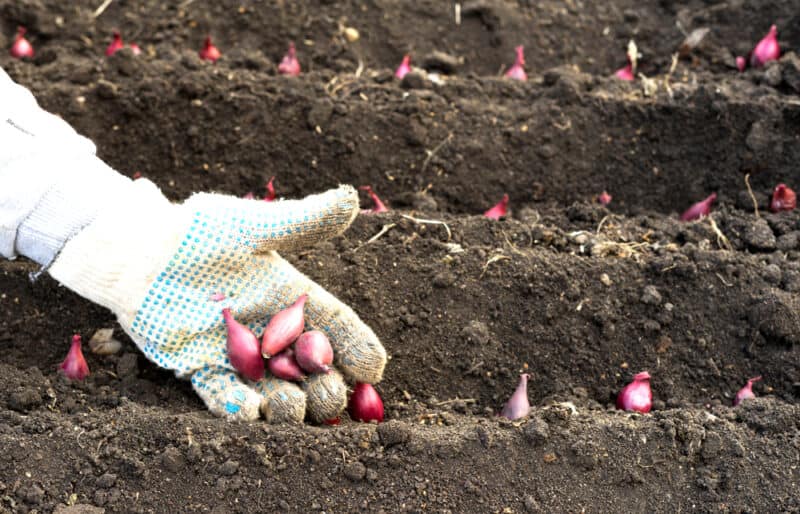
There are some plants, such as garlic and onion, that can be a bit trickier to grow from seed. A lot of people will plant onion sets or garlic cloves for better results. Garlic seed takes more time to develop into a larger sized bulb. Onions can be finicky and may need extra attention as it starts.
Garlic does best directly sown, onion seeds can be started indoors or out, but onion sets should be directly sown.
With either garlic cloves or onion sets, they will do well, given the right amount of grow time. Onions do well when planted earlier in the growing season, even before the last frost dates. For good bulb development, garlic is best planted in the fall or winter as it takes about a year to develop a good bulb.
Again, if you are not sure what the plants you intend to grow will like best, take the time to research. Our Gardening Guide has an incredible wealth of information, but asking questions at a local nursery can be just as helpful. Even paying attention to the starts that they carry can give you a good indication of whether or not you can transplant certain starts.
A good example I have read about is that watermelon doesn’t transplant well. However, personal experience has shown me otherwise. I have also seen watermelon starts in nurseries around us.
Tips for Strong Starts
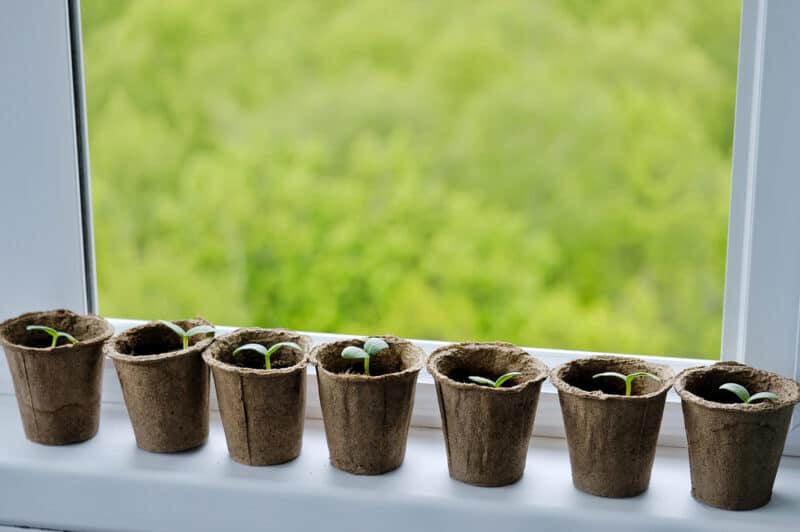
There are many ways to start seeds indoors, from using heat mats to grow lights, or just starting your seeds in pots on your windowsill. Seedlings started indoors tend to be less hardy than their outdoor counterparts.
After planting your seeds, rotate your plants so that they aren’t always reaching one direction for the light.
If planting underneath a light, make sure that the plants are not too close or too far away from the light. As the plants get taller, they should be moved away from the light a little more. This can be accomplished by raising the grow lights up away from the plants a bit.
Seedlings outdoors get rained on and blown around by the wind, so many people take a hint from nature. You don’t want to wash away your starts when watering, but you don’t need to be too gentle either. A lot of people will have a fan blowing gently at their starts as it can help strengthen the seedlings.
If you go through all of that work to grow strong starts, do not skip out on hardening off your plants before planting them in the ground. Hardening off is a process of gradually acclimating the starts to the outdoors.
To harden off your plants, you will have to take them outside every day for about 2 weeks. You start in a shady area for an hour or two, and gradually work your way to sunnier locations for longer periods of time until you get to a point of direct sunlight during the day, and are leaving them out for a full 24 hours.
Seed Planting Depth
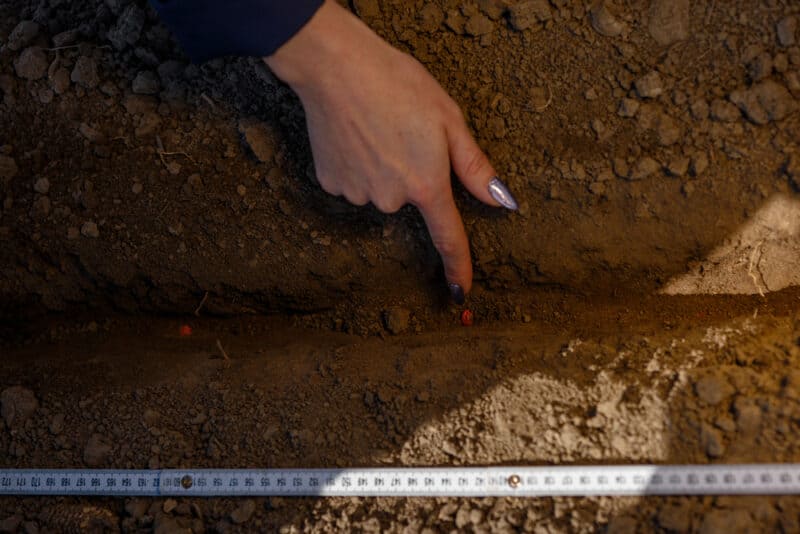
One last important thing that you need to know is how deep to sow your seeds.
1. Indoor Sowing
If you are starting seeds indoors on flats or seed cells, you can generally just place your seeds in a little divot on the soil, water, and wait for the seeds to sprout. If you are planting in a pot, you’ll have to follow planting depth recommendations from the seed package.
Whenever you are transferring a plant into the ground, you will always plant the entire root structure of the plant as well as the very base of the plant so that the roots are fully covered. However, when starting the seeds indoors, it is not a necessity for the seed itself to be planted at the recommended depth.
2. Direct Sowing
For direct sowing, as a rule of thumb, the larger the seed, the deeper you plant it. Small seeds like carrot and lettuce are planted maybe a ¼-inch deep, and corn is about 1-inch deep. Potatoes get planted about 6-inch deep.
With direct sowing, you will always cover the seeds with soil. Some seeds will require that you “mound” the soil instead of poking a hole or digging a trench. This means that you create a small hill of dirt (you can make it with your hands) that is a few inches high. You will still poke holes into the hills, and then cover the dirt.
Mounding soil is suggested to help heat the soil for faster germination. Mounds are generally recommended for vining plants such as squash and melons. It is theorized that they grow faster when allowed to climb down the mound.
Planting depth doesn’t have to be exact, but if you plant your seeds too deep, they’ll struggle to germinate. If you’ve planted something too shallow, you can always cover it with more dirt as the plant grows up.
Watering
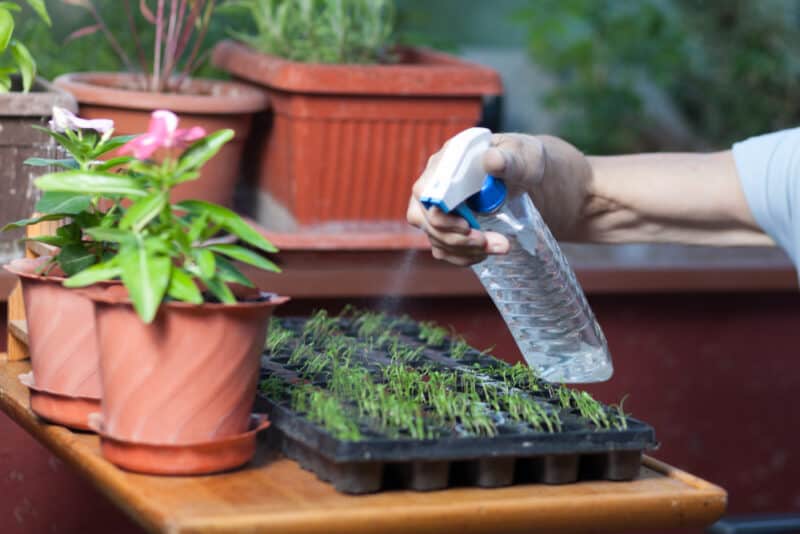
How much or how little you water your seeds, just like everything else, is going to depend on the type of seed you are sowing. Overwatering can cause seeds to be washed away, and it can stress plants.
If you are using mulch in your garden, you will water less than if your garden is bare ground since the purpose of mulch is to retain water and help inhibit weed growth.
Some seeds need more water to get started than others. Carrots require moisture to sprout, and so they need to be watered more often. Still, too much water can stress plants. So just because you focus on keeping your row of carrots well-watered does not mean that you have to water your whole garden as much as your carrots.
Sowing Seeds is as Easy as ABC
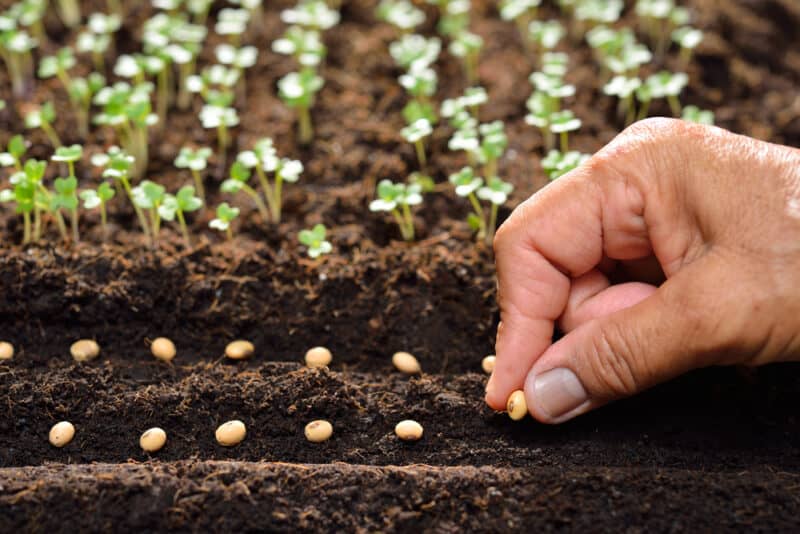
This may sound overly complicated, but it’s not as tricky as it sounds. When it comes to the actual sowing of seeds, it’s really not that complicated at all. You just need to arm yourself with knowledge of the plants you intend to grow and the conditions you live in.
If you want to start a garden, but you are worried it’s too late in the year, you may have the opportunity to grow a smaller fall garden.
Or at the very least prepare well to start a garden next year. Some plants such as carrots, lettuce, beans, and radishes can be planted twice or more in a single growing season if you plant them at the right times.
The best advice is to do your homework. Know your zone and frost dates. Find seeds that will grow in your area, read the packets they come in, and find out if they have special instructions for starting. You will almost always be able to find a planting date recommendation based on a frost date on the package.
Most will tell you how long the plant takes to grow, and nearly all tell you the planting depth.
If you can’t find the information you need right on the seed envelope, you can find that information on the website of the seed company you purchased from. In case that fails, you can find it in books in the library, online in posts about growing that specific plant. Or you can talk to your gardening neighbor or enquire at a local nursery.
If you think you’ve done everything right and you are still having troubles, your issues could be due to planting bad seeds or as a result of not having the right soil conditions.
